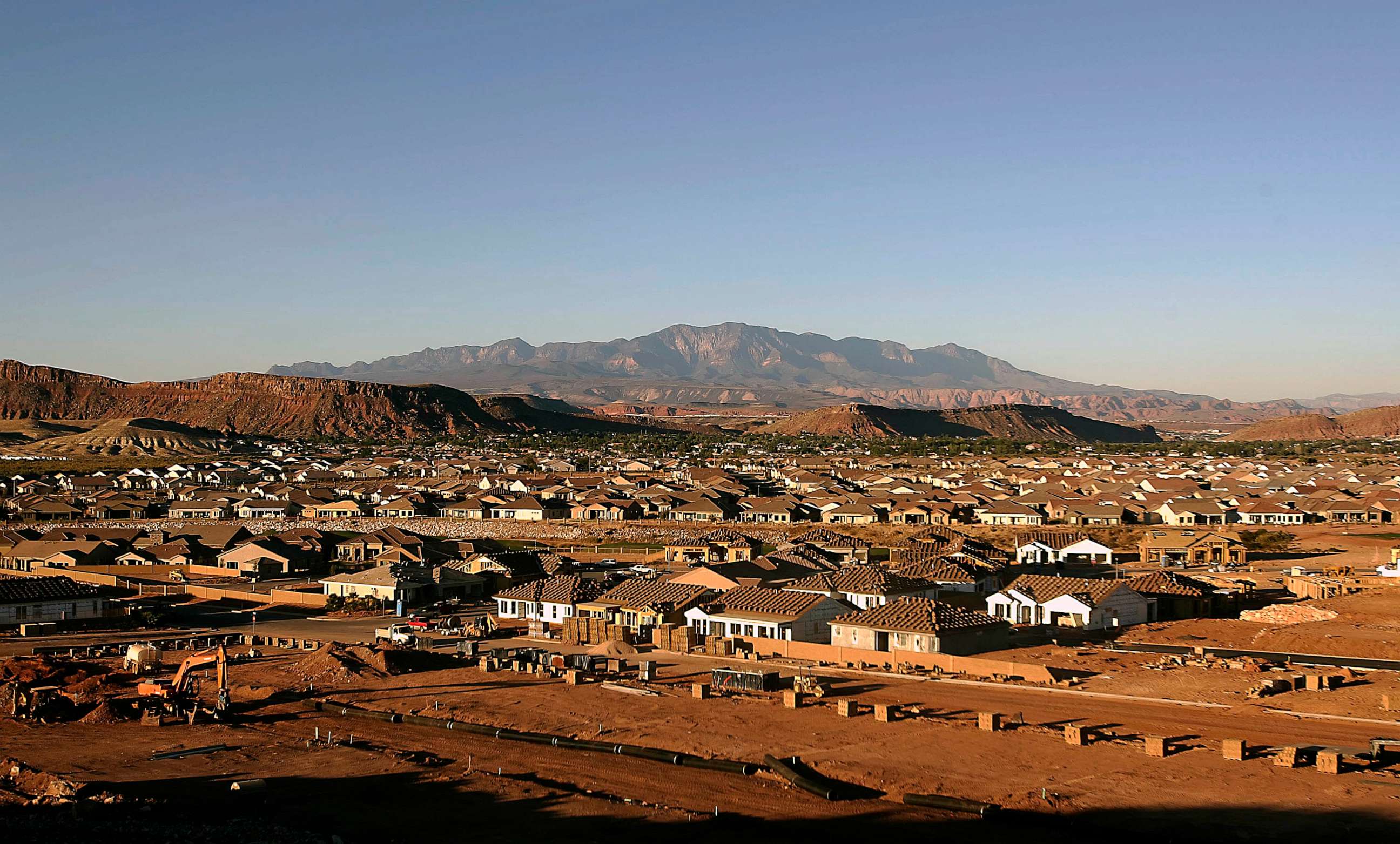How America's fastest growing city is trying to secure its water future
St. George's water system has become severely strained.
Rob Ford was watering his hay last October at his small Washington County, Utah, ranch when he realized the flow was weaker than usual. He called the irrigation manager who monitors the water levels.
"The water is really weak," Ford said he told the irrigation manager. "Is that about what we are expecting today?"
Ford’s observation has become universal in large swaths of the southwestern United States. Drought has gripped the region for two decades. Record snowfall this winter provided some much-needed moisture, but Utah resource managers warn that long-term drought is still a concern.

The St. George area, where Ford lives, is the nation’s fastest-growing metropolitan area. The influx of people combined with drought has strained its water system and a growing chorus of people fear there won't be enough to go around. Proposals to pipe water from the Colorado River or dig new, deeper wells have met local and national opposition, stalling efforts to secure the county’s water future while half-built developments line its freshly paved streets.

"When I start looking out a decade, I'm very nervous," Washington County Water Conservancy manager Zachary Renstrom told ABC News. "Right now at the water district, we have an active plan to provide water for new construction for eight years. But after eight years, there starts to become a lot of question marks."
Renstrom said some farmers have seen their water supply reduced by up to 70%.
Ford said his hay crop yield has been cut in half in the last few years as rain and irrigation water have become less reliable. The flow never strengthened during his irrigation window that October day.
The community is now conflicted about how to deal with the issue.
"We either stop growth, or we figure out how to use less water per capita, or we figure out how to bring more water in from a distance," Steven Jones of Hansen, Allen, Luce, a Utah-based engineering firm that helps communities plan for future water needs, told ABC news.
One of the solutions that has been on the table for more than two decades is a 140-mile pipeline that would divert water from the Colorado River to Washington County homes, but it is unlikely to be built in time to help.

An effort to drill 18 deep wells has faced protests from locals who fear new drilling will swindle their existing wells out of water. One of the 74 protests filed against the wells last year came from Conserve Southwest Utah.
"We're using too much water," said CSU board member Ed Andrechak, who moved to Washington County in 2020. "So the good news is there's great potential for conservation and reduction."
The average Washington County resident uses 285 gallons of water a day, according to Utah's Division of Water Resources. For comparison, the average person in Las Vegas uses just 123 gallons a day.
New ordinances banned lawns for new commercial developments and strictly limited the size of lawns for residential buildings. The city has torn up lawns and replaced them with water-friendly landscaping.
Holly Snow Canada, CSU’s executive director, says more could be done.

"I would love to see a stronger culture of the community coming together and recognizing that we need to conserve water more," she said.
For Ford, that means learning how to do more with less. Two weeks after his irrigation, Ford harvested and baled his hay. At the end of the day, he had 38 bales. He would normally get 150.




